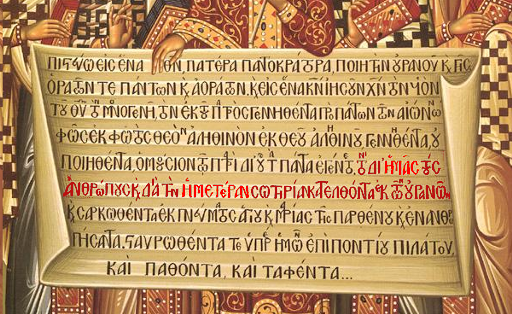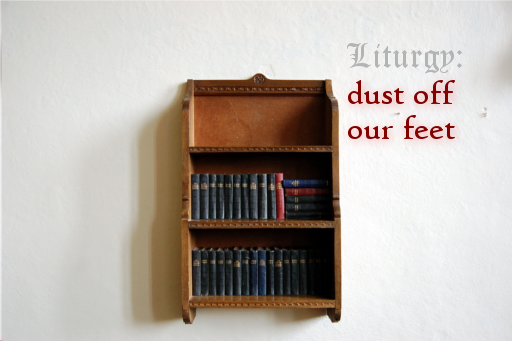This month, at Ed’s Slipper, we’re celebrating liturgy. This is because it is a rich part of both the Catholic and the Anglican heritage – and probably other denominations too, I’m just not quite as acquainted with them! Liturgy, which means literally “public worship”, refers to the way services are ordered. It includes vestments, structure, but, in a more restricted sense, means the set of prayers we read in worship.

Photo: Charles Clegg, reused under CC License
The first prayer in the Anglican communion service is called the prayer of preparation. It goes like this:
Almighty Father,
to whom all hearts are open, all desires known,
and from whom no secrets are hidden
Cleanse the thoughts of our hearts
by the inspiration of your Holy Spirit
That we may perfectly love you
and worthily magnify your holy name
through Christ our Lord
This prayer is designed to put us in the right mindset for worship: with clean thoughts in our hearts. But while cleansing is the only petition in this prayer, a lot more happens, especially in the first three lines.
In them, we are coming into the presence of God: we are describing him as almighty – as someone greater than all of us. We are also abandoning all pretense at making ourselves look righteous, because we describe God as all-knowing. Yet this description is not one that is cold and objective: we don’t say “Almighty and all-knowing God”. No, we are saying, in this, that God knows all desires – and through this, that he cares for them. That he cares for us.
In three lines, we have expressed the amazing fact that God who is so powerful, so much greater than all of us, is also someone who cares for us, in whose presence we can enter. We have made this theoretical fact personal – at least if we meant the words behind the prayer and did more than consider them a mere introduction to the apparent meat of the prayer, the petition itself. This is, I believe, one of the purposes of all the liturgy: to help us to make those truths about God and about our relationship with Him deeply personal and heartfelt, rather than just known intellectually.
Therefore, the meat of the prayer of preparation is not the petition. Still, this petition is important too: it is a declaration of our willingness to become pure in our thoughts and a recognition of due reverence to God. More than that, though, it is asking God to cleanse us, recognising that we cannot (or at list will not) do it in our own strength. This completes the revelation from the first three lines that we cannot hide our sinful condition from God.
Finally, the prayer of preparation is completed by looking back up towards God. The aim here is not to be selective in what we are allowed to pray for, but to lift our hearts back up to God. In this, we are truly prepared for worship.
Below, you will find a sermon I preached on the topic.
Audio clip: Adobe Flash Player (version 9 or above) is required to play this audio clip. Download the latest version here. You also need to have JavaScript enabled in your browser.
Audio download link (right click, hit download) – sermon notes
—
Other posts on specific pieces of liturgy
Go in peace to love and serve the Lord. In the name of Christ, amen!




